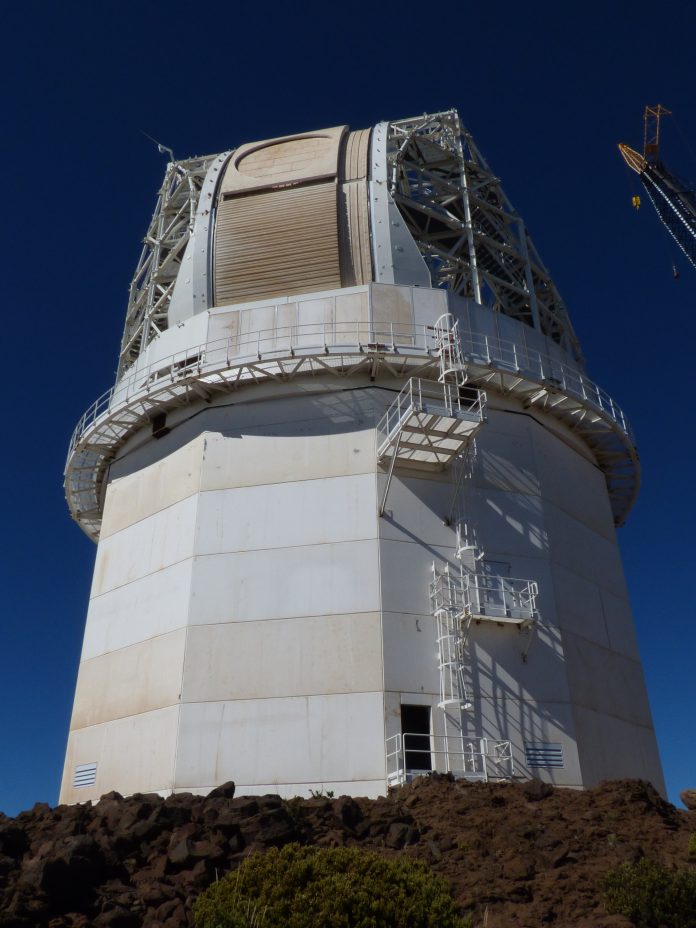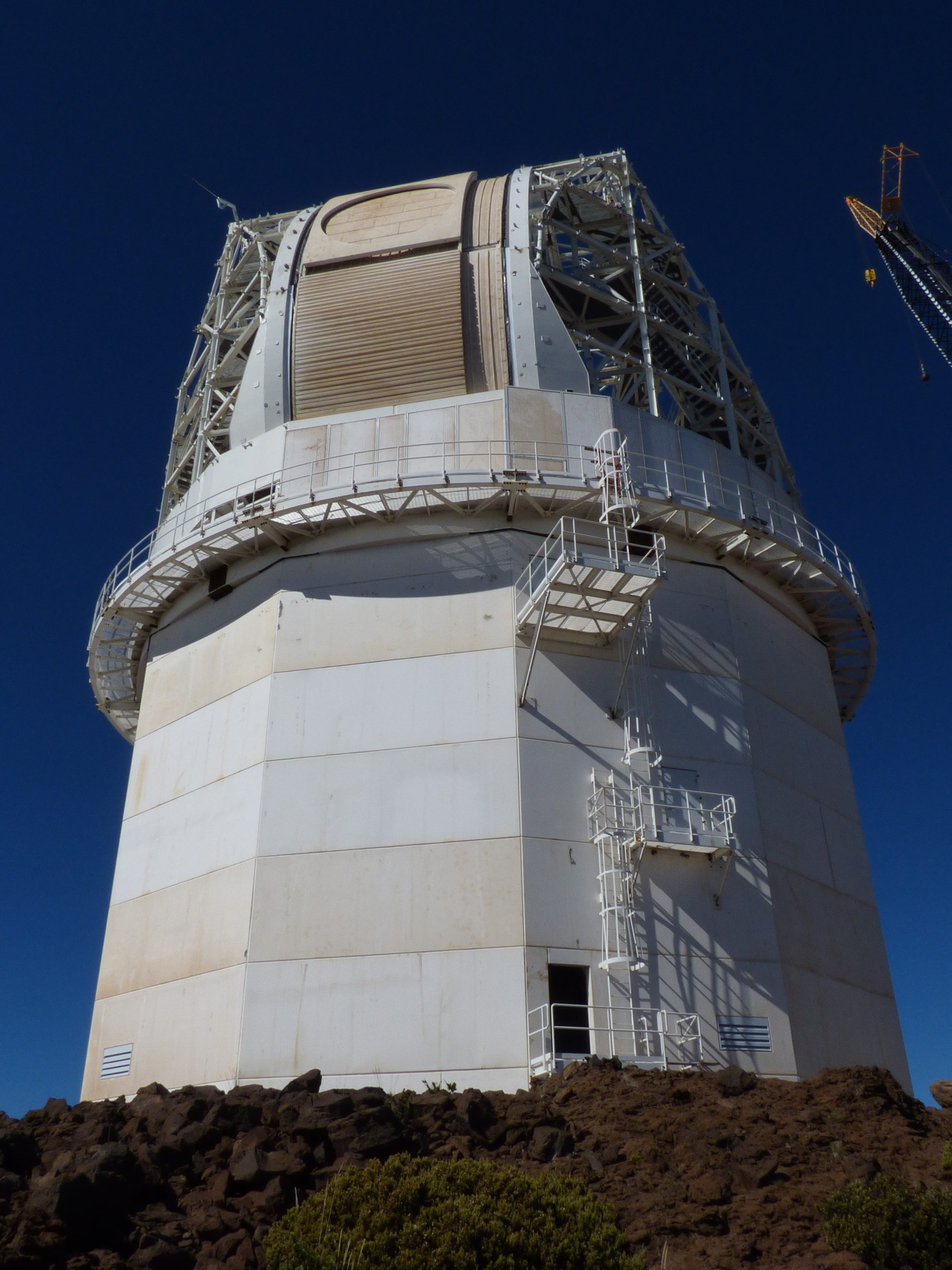
In the serene heights of Haleakalā volcano in Maui, Hawaii, the world’s largest solar telescope—the NSF-funded Daniel K. Inouye Solar Telescope (DKIST)—is revolutionizing our understanding of the Sun.
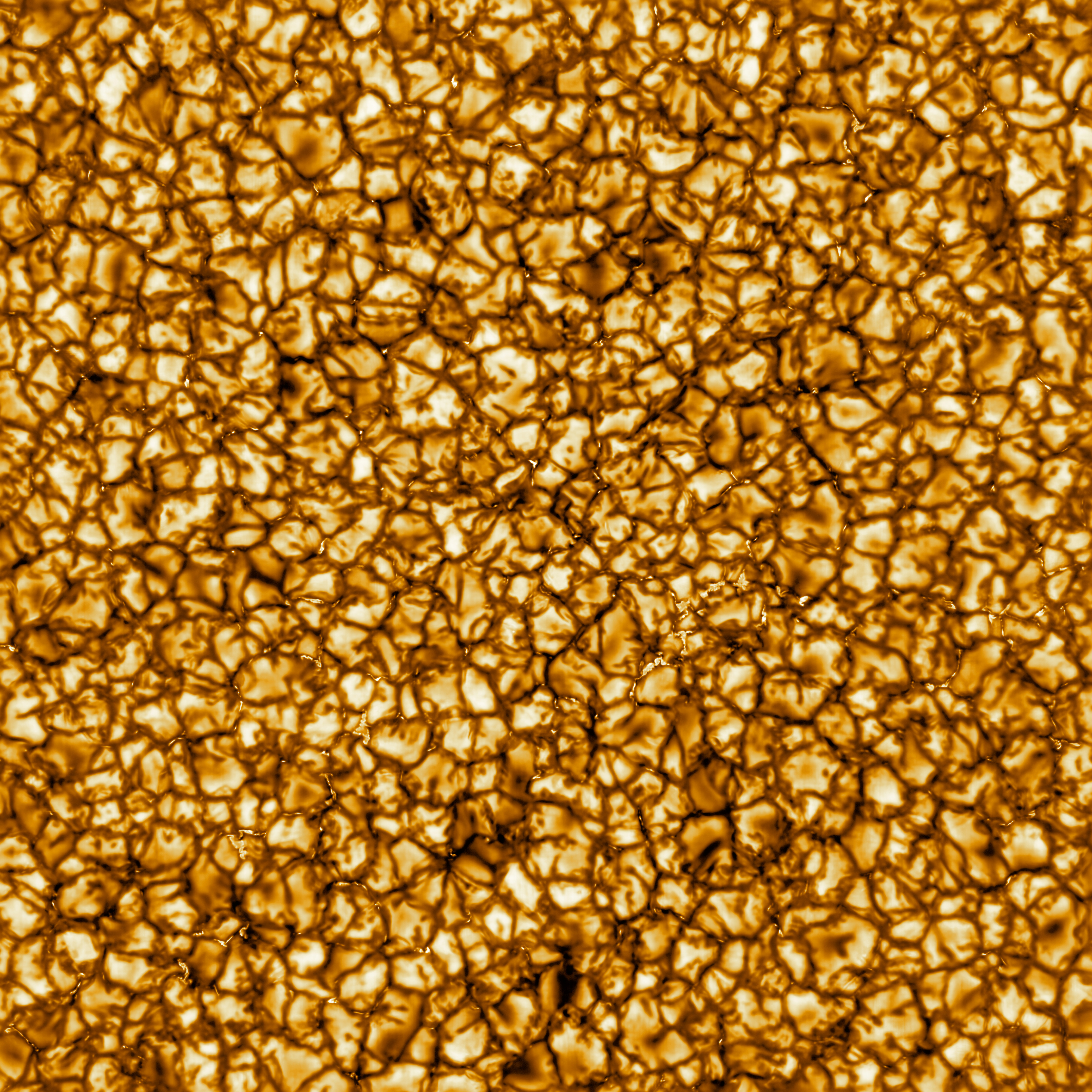
With its unprecedented 4-meter mirror, this telescope has given us the clearest images of our star’s turbulent surface, providing a wealth of data that could unlock the secrets of solar phenomena.
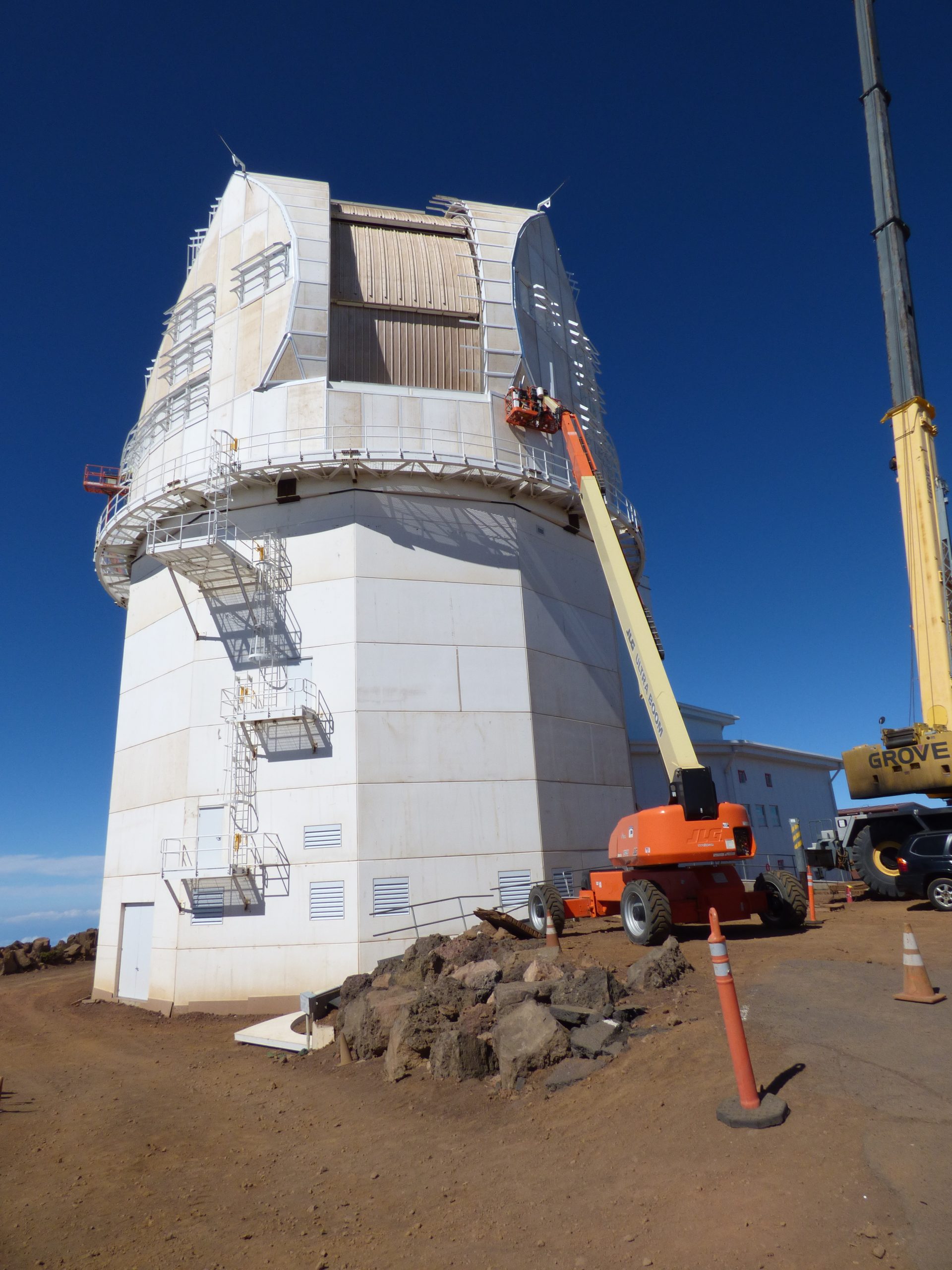
The DKIST’s capabilities are unparalleled; it has a resolution more than twice that of any other solar observatory, capable of distinguishing structures as small as 30 kilometers on the Sun’s surface.

The images reveal a dynamic landscape of granular structures, each roughly the size of France, with bright spots at their centers where hot plasma rises before cooling and sinking back into the depths.

These groundbreaking observations have been made possible by the telescope’s state-of-the-art cooling system. With over seven miles of piping and coolant partly chilled by ice made overnight, the system manages the intense heat generated by focusing sunlight, preventing damage to the telescope’s sensitive equipment.
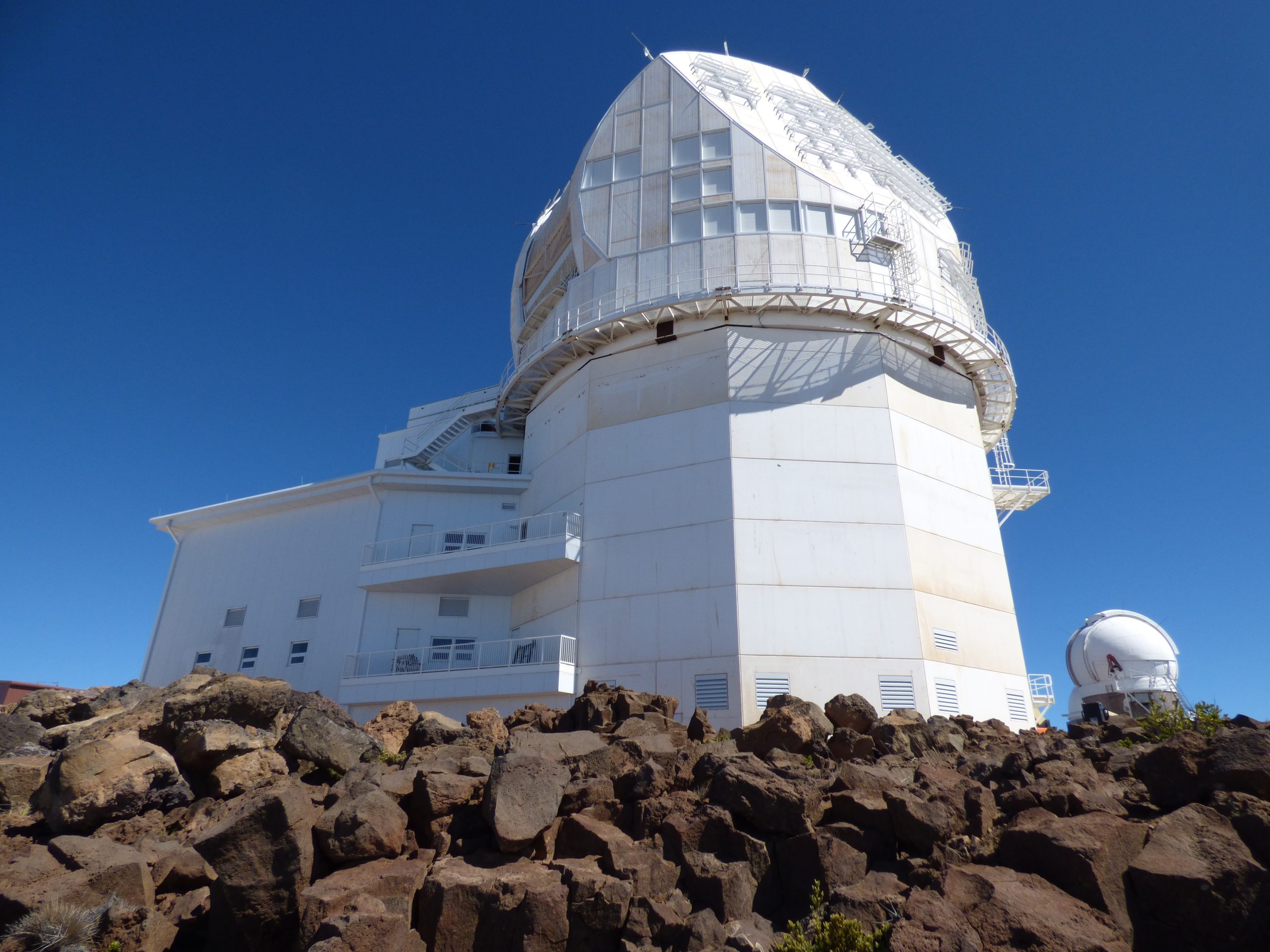
This cooling prowess is complemented by a heat-stop—a metal “donut”—that blocks over 95% of the heat from reaching the second mirror, thus protecting the telescope’s vital components.
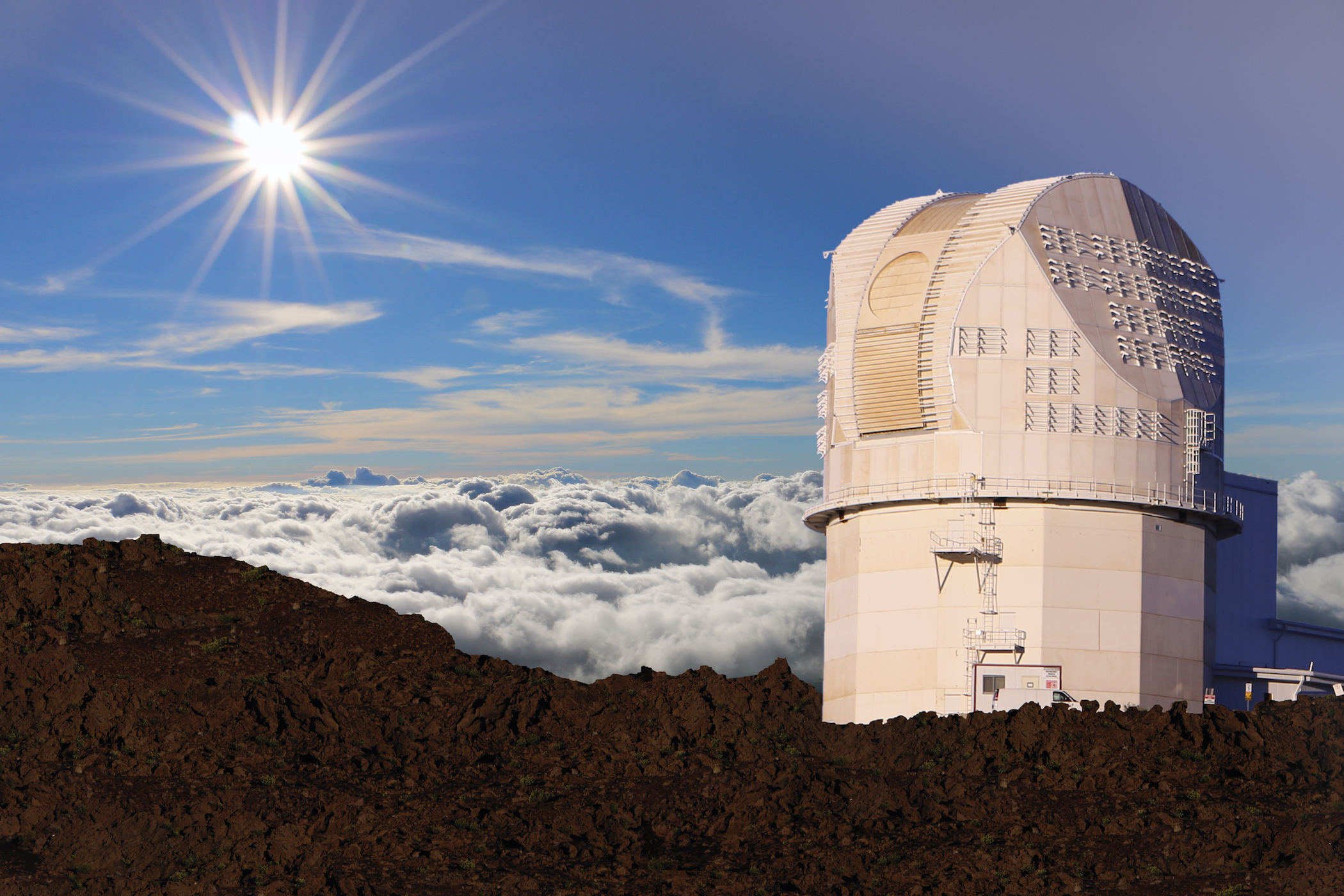
The DKIST’s primary mission is to study the Sun’s magnetic field in extraordinary detail. It’s the first observatory to provide daily measurements of the inner corona, a region of the Sun’s atmosphere previously observable only during solar eclipses.

These measurements are vital for understanding how magnetic fields are created and destroyed—a phenomenon central to the Sun’s behavior and influence on Earth.

The Inouye Solar Telescope stands at a vantage point 10,023 feet above sea level, on a peak that offers a clear and stable atmosphere for observation.
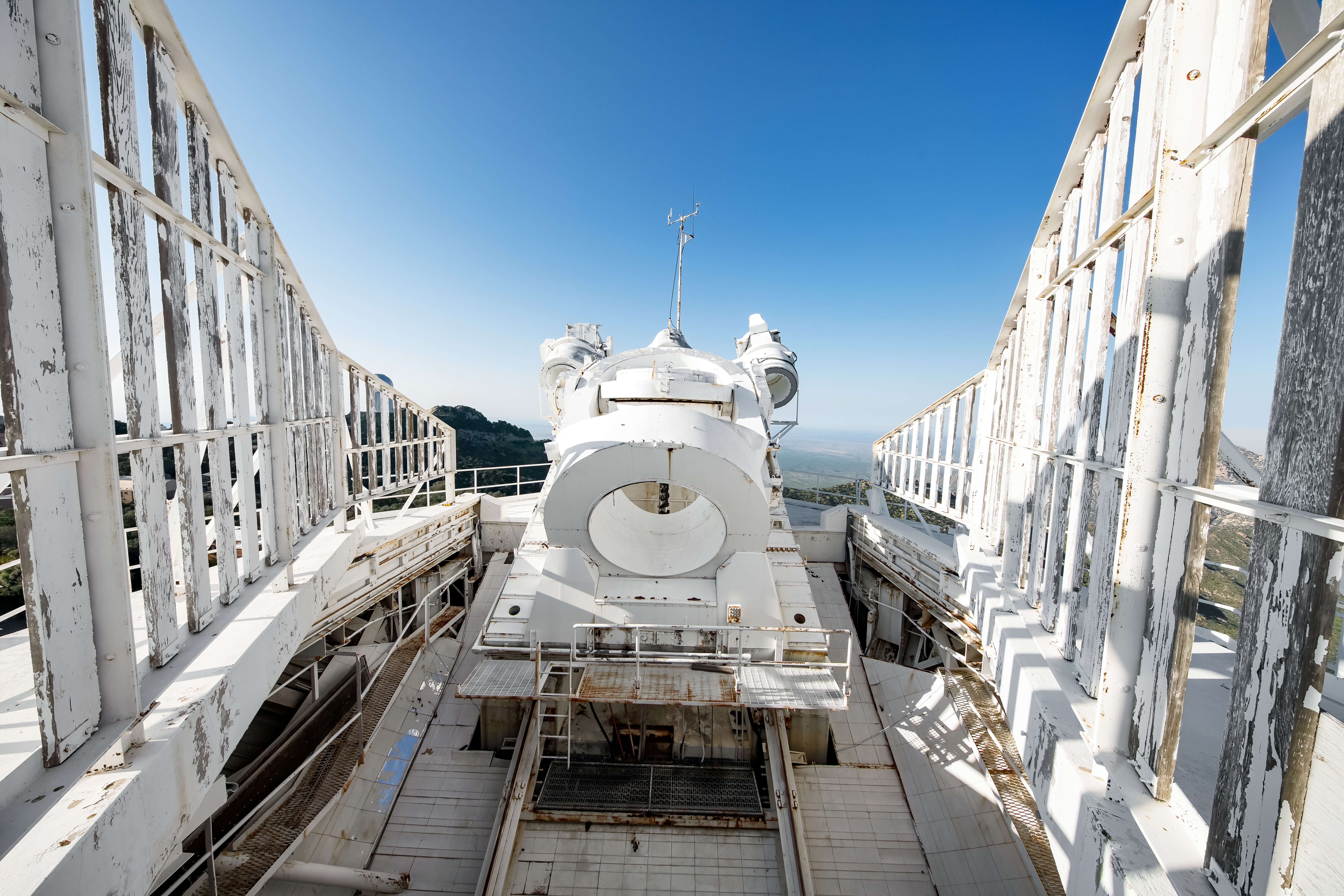
Its location also presents minimal light distortion due to atmospheric turbulence, making it an ideal site for capturing images of our star.
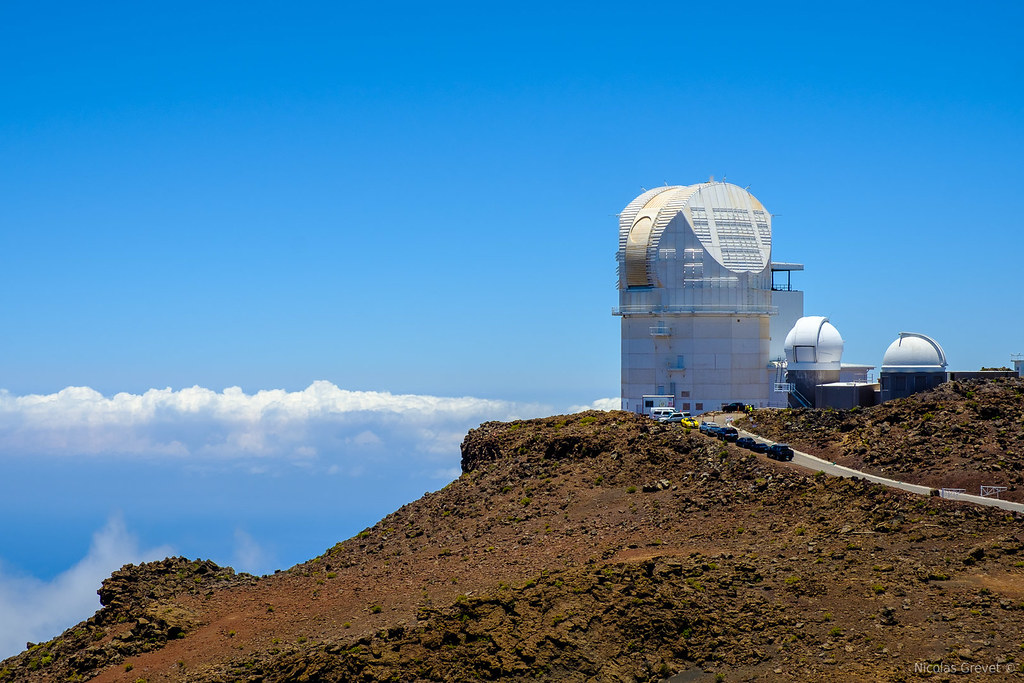
This observatory is a true technological marvel, from the innovative techniques used to coat the primary mirror with a precisely distributed aluminum layer to the meticulous way in which light is polarized by the Sun’s magnetic fields for measurement.

The result of these sophisticated processes is that scientists can now observe the previously invisible magnetic field lines, deciphering their strength and direction from the polarized light.
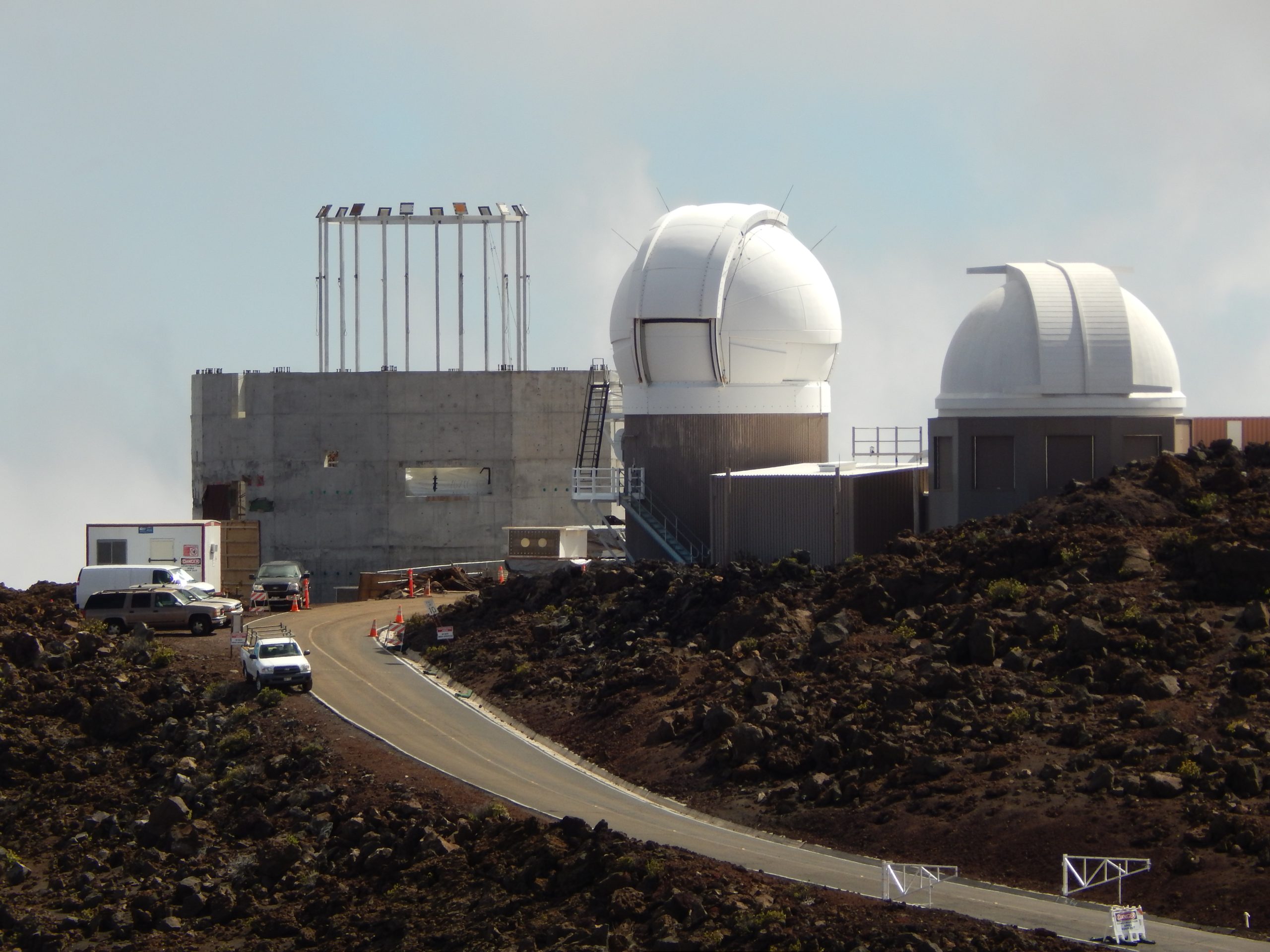
In addition to enhancing our understanding of the Sun, these detailed observations will improve our knowledge of stellar phenomena across the universe. The Sun is our closest star, and by studying its properties, we can infer much about the behavior of other stars.
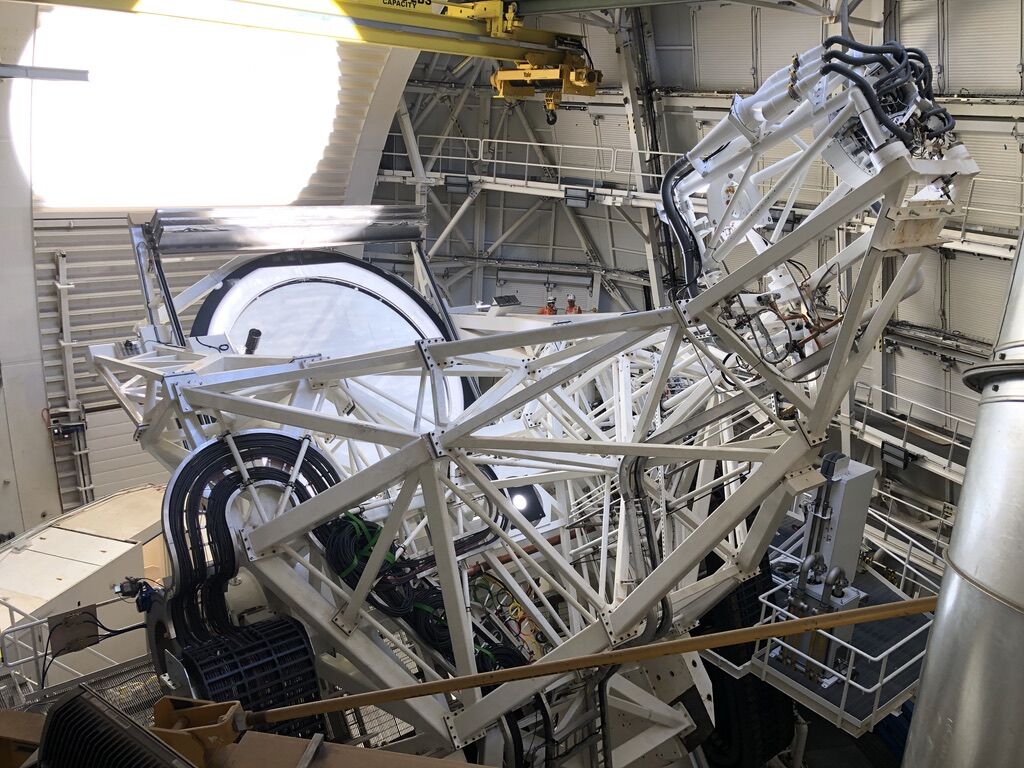
The timely insights from the DKIST come as humanity continues to explore space in unprecedented ways, with missions like NASA’s Parker Solar Probe edging closer to the Sun’s atmosphere.

Moreover, understanding the physics of solar flares and coronal mass ejections could improve predictions of space weather, which has tangible effects on Earth’s technology infrastructure.
Relevant articles:
– Eyes on the Sky, nsf.gov
– How does the Inouye Solar Telescope Resist the Heat, National Solar Observatory
– Telescope captures most detailed pictures yet of the sun, The Guardian
– Frequently Asked Questions about the Inouye Solar Telescope, National Solar Observatory
